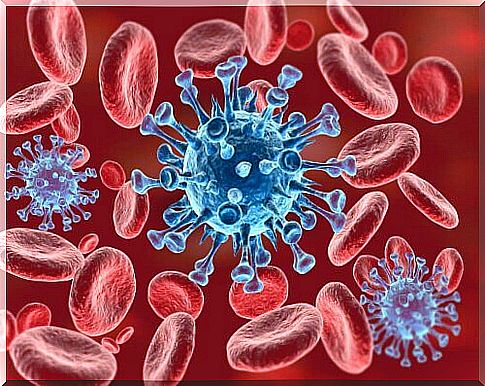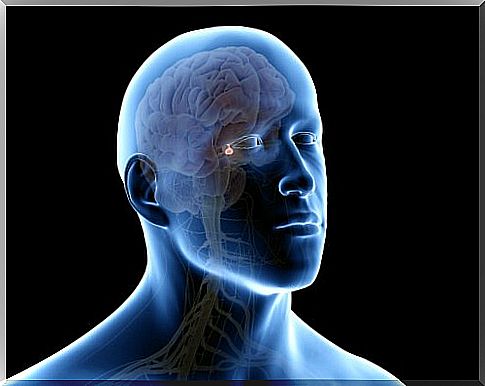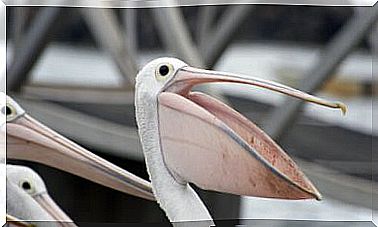Homeostatic Regulation Methods

Living beings are exposed to a multitude of stimuli continuously. Therefore, it is necessary to have homeostatic regulation mechanisms capable of maintaining internal stability.
Homeostasis and the internal environment
In the mid-nineteenth century, the French physiologist Claude Bernard became aware of the constancy of the internal environment in which the cells of organisms were disposed in the face of the ever-changing properties of the exterior.
Almost a century later, the American physiologist WB Cannon established that this balance was the result of a set of physiological mechanisms capable of maintaining a series of concentrations or internal values necessary for survival.
Canon proposed the term homeostasis to refer to the “stable” character of the internal environment, as opposed to the external fluctuation. Paradoxically, the complexity of these physiological processes resides in a constant self-regulating dynamic.
Homeostatic regulation mechanisms
The cells of living beings only maintain their viability within a certain range of temperature, pH, ionic concentrations and specific nutrients according to the species. However, organisms depend on a changing external environment to obtain the matter and energy needed for internal balance.

The homeostatic regulation mechanisms can be classified into:
- Negative feedback: occurs when the value of a variable is higher or lower than necessary for the functioning of a certain physiological process or mechanism. In response, a regulatory mechanism is activated to inhibit the synthesis of said variable or decrease its potency.
The regulation of blood glucose levels or the maintenance of body temperature are some of the biological processes regulated by this pathway.
- Positive feedback: less frequent than the previous mechanism, it contributes to the enhancement of a process or function.
It occurs in the early stages of the action potential, when a small depolarization of the cell plasma membrane generates the opening of sodium channels which, upon entering the intracellular space, induce the opening of more sodium channels. In this way, greater cell depolarization is achieved. There would also be an up-regulation in the early stages of ovulation.
- Antefeeding: mechanism that allows an organism to predict highly probable events. It can be both negative and positive in nature and stand out, mainly, in the metabolic chains and in the processes of communication and neuronal coordination.
The increase in heart rate in the moments before an imminent physical effort or even the very functioning of the cerebellum, which, anticipating the state of the neuromuscular system once movement starts, can execute the necessary nervous orders.

homeostasis and allostasis
After expounding the homeostatic theory with which Bernard and Cannon justified the stability and functioning of the internal environment, in 1988 the neuroscientist Sterling proposed a different view or, as it turned out, complementary to homeostatic regulation: allostasis.
Allostasis is a regulatory mechanism that, unlike homeostatic balance, proposes that organisms change the constancy of the internal environment to deal with disturbances in the external environment. An example of this occurs with blood pressure, which varies between higher and lower values depending on a specific external state and, if kept constant, would cause the individual’s death.
This idea led McEwen to finally propose allostasis as the process that actively maintained homeostasis. That is, it maintained the stability of the internal environment through the change.









